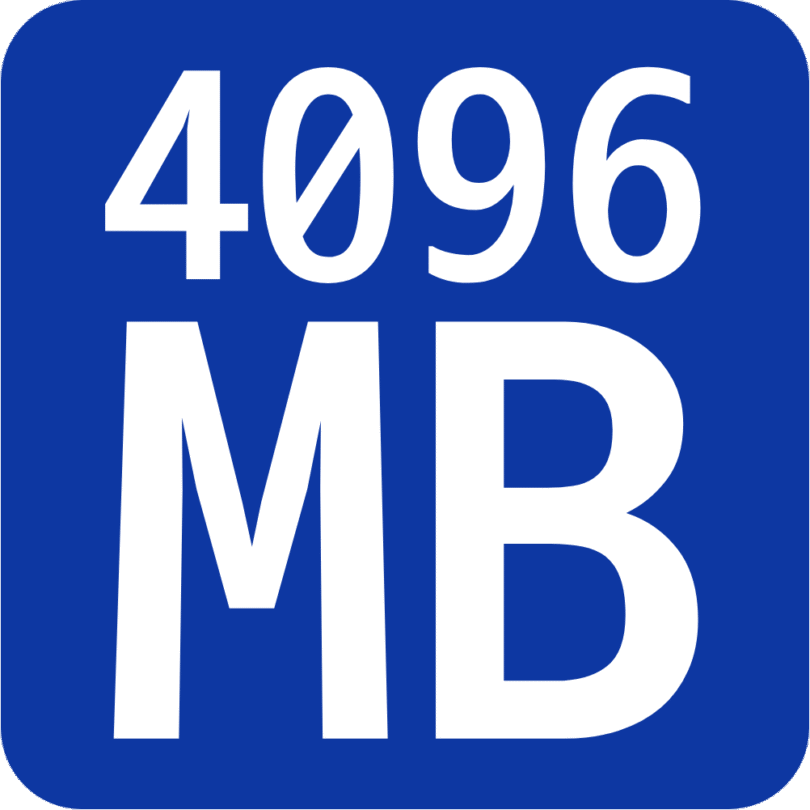Python delattr() and 3 Considerations
The Python delattr() function is useful for dynamically deleting attributes from objects. In this post, we will explore the concept of the delattr() function, its usage, and important considerations to keep in mind. What is the Python delattr() Function? The delattr() function is one of Python’s built-in functions, used to delete an attribute defined within … Read more
